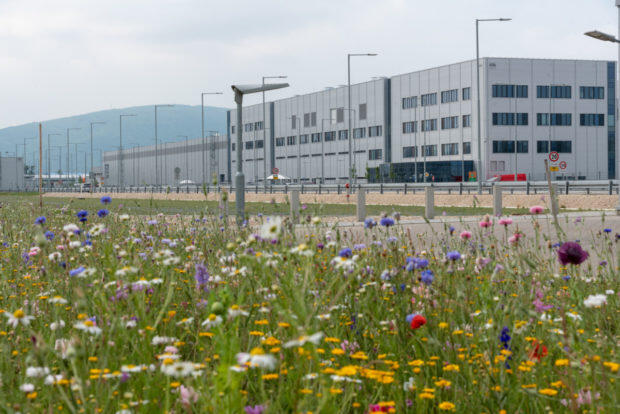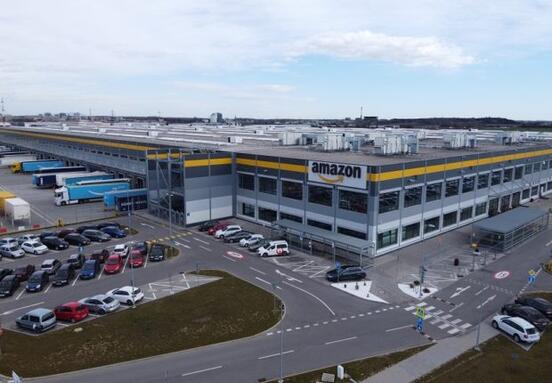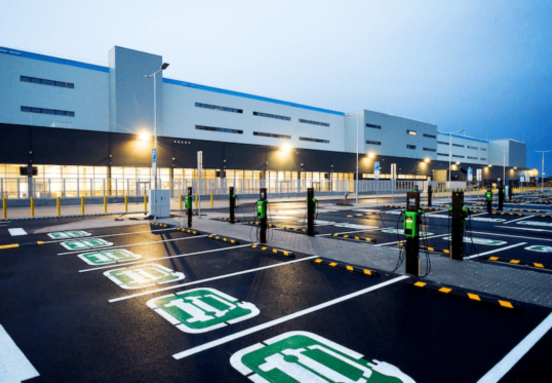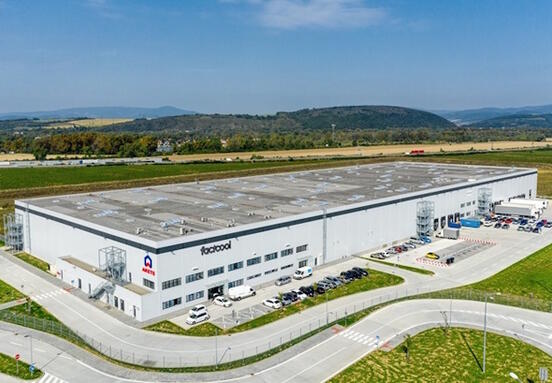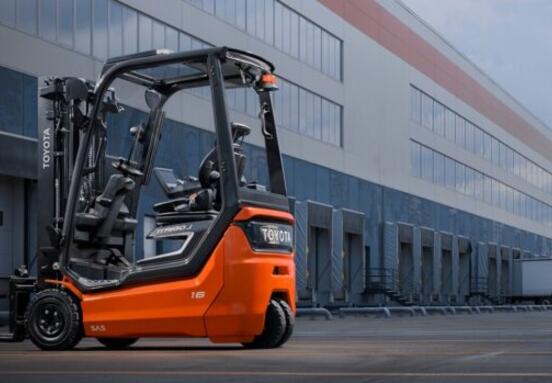All efforts are aimed at the production of cars and the operation of the company without impact on the environment, respectively. to carbon neutrality. And Volkswagen Slovakia could be successful on this path, it is important that framework conditions for implementation are created in Slovakia
environmental objectives.
The Zero Impact Factory strategy includes a goal of producing vehicles by 2025 45% more environmentally friendly compared to the reference year 2010. However, Volkswagen Slovakia has decided to accelerate and achieve up to 59% more environmentally friendly production in five key indicators in the given time horizon. This means that it produces at least 59% less emissions of CO 2, volatile organic compounds (VO C) and disposed waste per vehicle produced.
Other monitored sources are energy and water. With the Zero Impact Factory strategy, the company is setting a new direction for ecological production and logistics as its contribution to climate protection and CO2-neutral mobility. Behind the fulfillment of goals in the area of sustainability are concrete steps and measures on which the company is continuously and long-term working. As part of the reduction of CO 2 emissions, they bring to the fore alternative forms of heating and the use of biogas instead of natural gas. Since 2012, it has been consuming exclusively green energy from renewable sources.
For more than a decade, investments in the best available technologies (BAT) have also been in the pipeline, which are also preferred in new projects. The mobility management has also undergone a significant reorganization in the past period. Thanks to the use of vehicles for alternative propulsion (BEV, PHEV, CNG), the average share of CO 2 has fallen below 95 g / km and the company continues to reduce it. It is also planned to expand the internal infrastructure for electric vehicles by 90 new charging points.
A highly topical challenge for Volkswagen Slovakia is waste waste management. From 2010 to 2017, he was able to reduce the volume of waste disposed per vehicle produced from 27 kg to a minimum of disposed waste per vehicle produced from 27 kg to a minimum of 0.13 kg, thanks to the recovery of waste.
